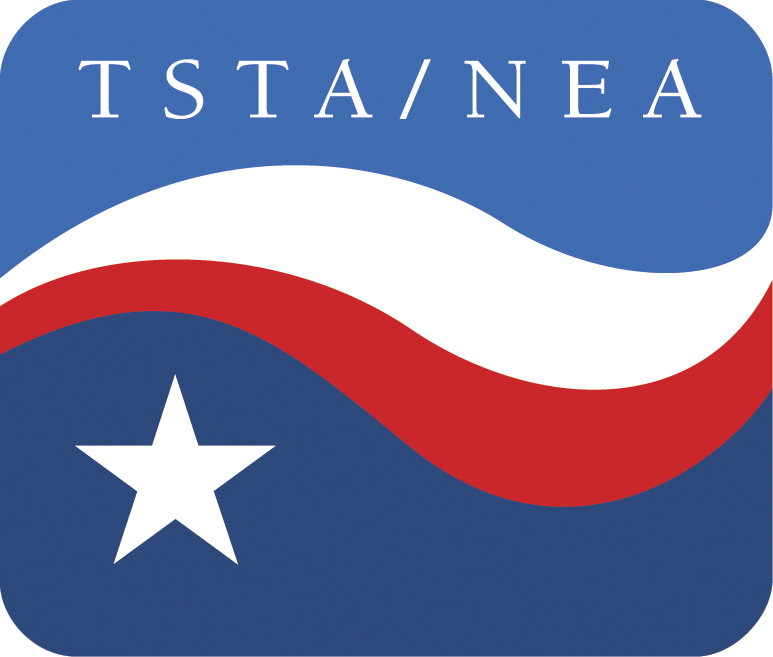Why should educators bet their lives on “trust me” behavior?
In the dangerous rush to get teachers and students back into classrooms prematurely, pages upon pages of health and safety guidelines and protocols have been written by school districts and colleges to reassure educators and parents. But as long as the pandemic continues to pose a deadly threat, even scientifically and medically based guidelines aren’t enough to bolster confidence.
A faculty member at Texas State University in San Marcos, which reopened this week, explained why.
“I feel like all the school reopening plans are based on models of idealized human behavior as opposed to real human behavior. They’re predicated on the assumption that people will follow the rules,” Nicole Taylor, associate professor of anthropology, told The Texas Tribune.
How rash is that assumption? Let us recite but a few examples.
Several prominent universities in other states opened and were soon forced to reclose their doors after many students made it clear they were more interested in partying than social distancing. Unfortunately, it’s not just students.
In Texas, Gov. Abbott’s mask-wearing order is being widely ignored by people of all ages. Some sheriffs have even openly refused to enforce it, and the governor is seemingly powerless to do anything about it.
A few months ago, you may remember, a couple of state legislators, for selfish, political reasons, got haircuts in open, political defiance of Abbott’s order that had temporarily closed barber shops and hair salons. They skated untouched, but a hair salon owner in Dallas reopened prematurely and got put in jail – until Abbott quickly caved in and the Texas Supreme Court ordered her release.
Now, that same hair salon owner plans to use her overnight fame as a rule-breaker to run for the state Senate and may get elected.
At least one school superintendent in Texas has told parents concerned about the safety of their children that he didn’t “believe” in masks. He refused to wear one during a meeting and said he would let school employees and students decide whether to wear them, despite the governor’s order.
Refusing to wear a mask has become a political badge of “honor” for Texans who are happy to risk our country’s future with four more years of a President Trump while all but ignoring a deadly disease, as Trump has mostly done.
To make matters worse, some school districts and universities are relying on students and employees to voluntarily self-screen for COVID-19 symptoms before they come to campus. This “trust me” loophole is huge.
Schools and universities can – and should — publish guidelines and protocols about masks, social distancing and hand-washing. But human behavior is critical, and many educators aren’t willing to bet their lives on that.

